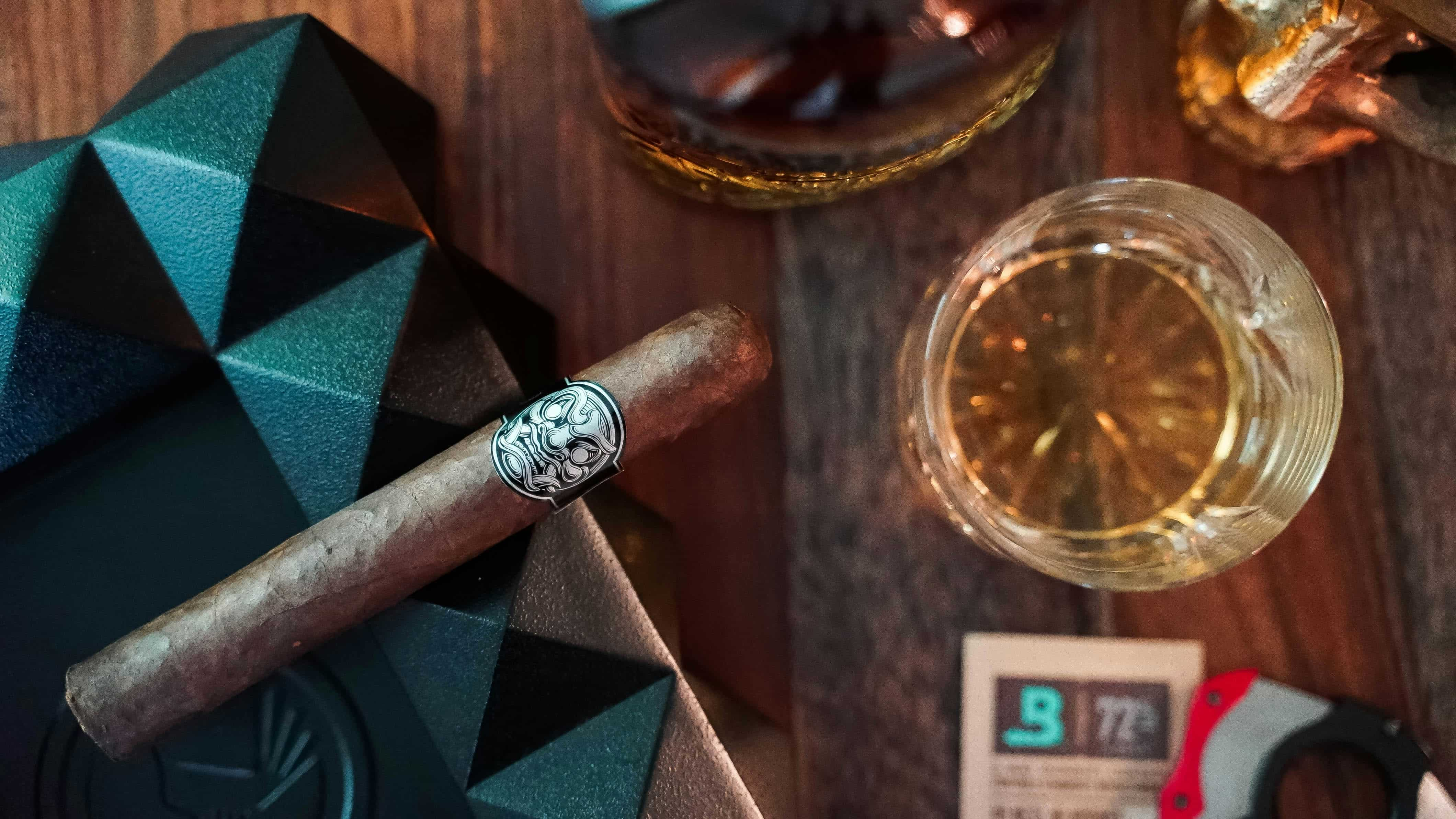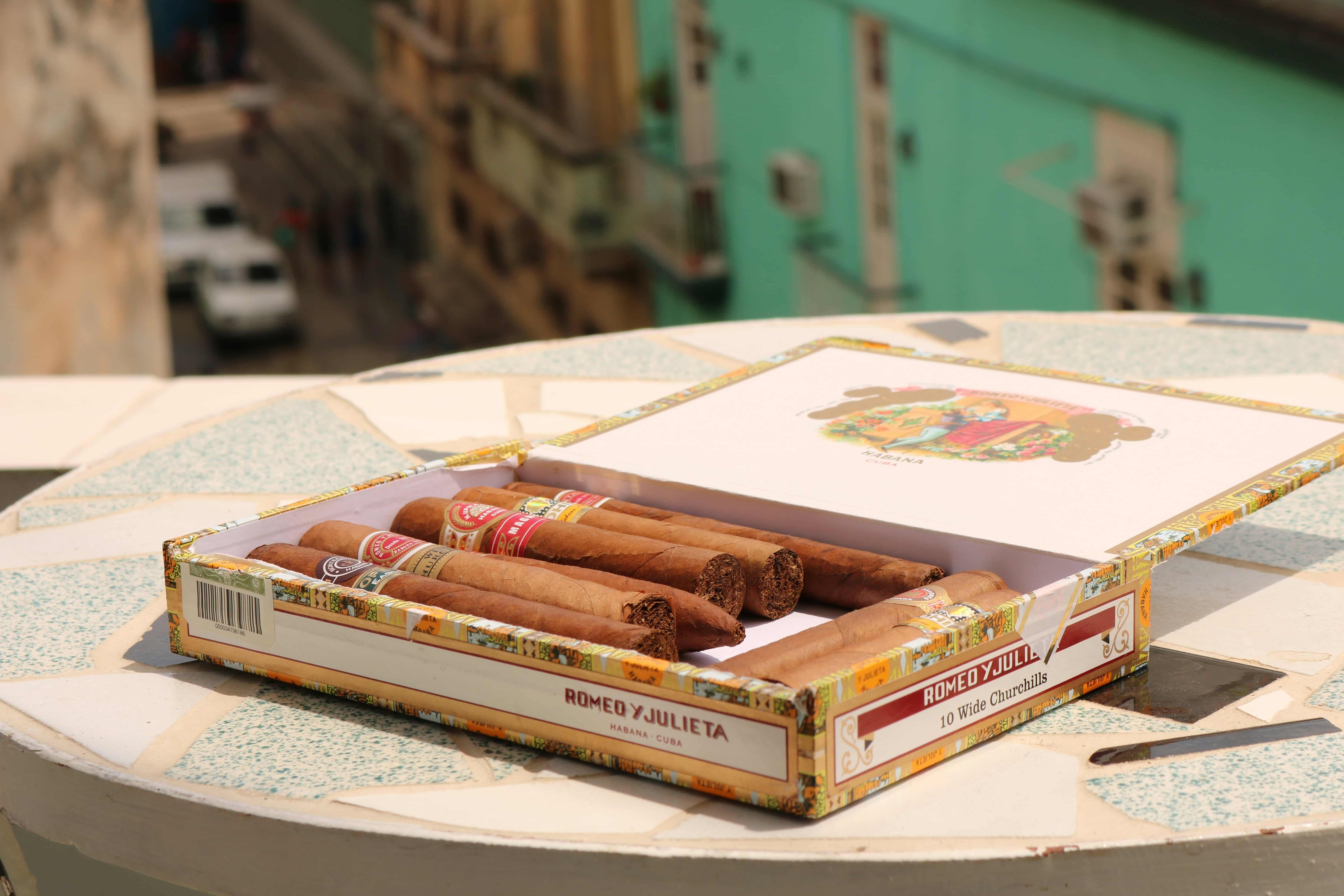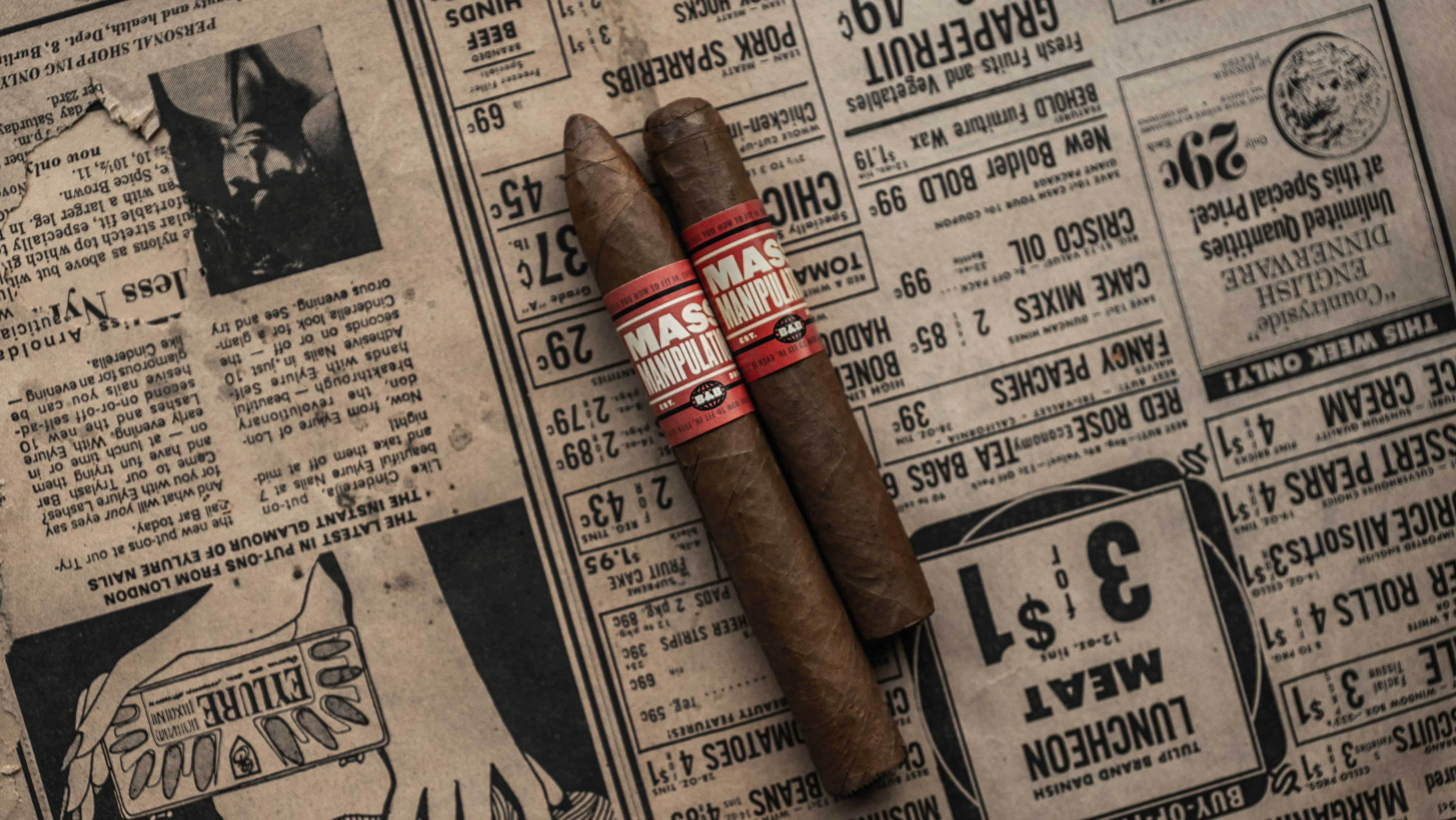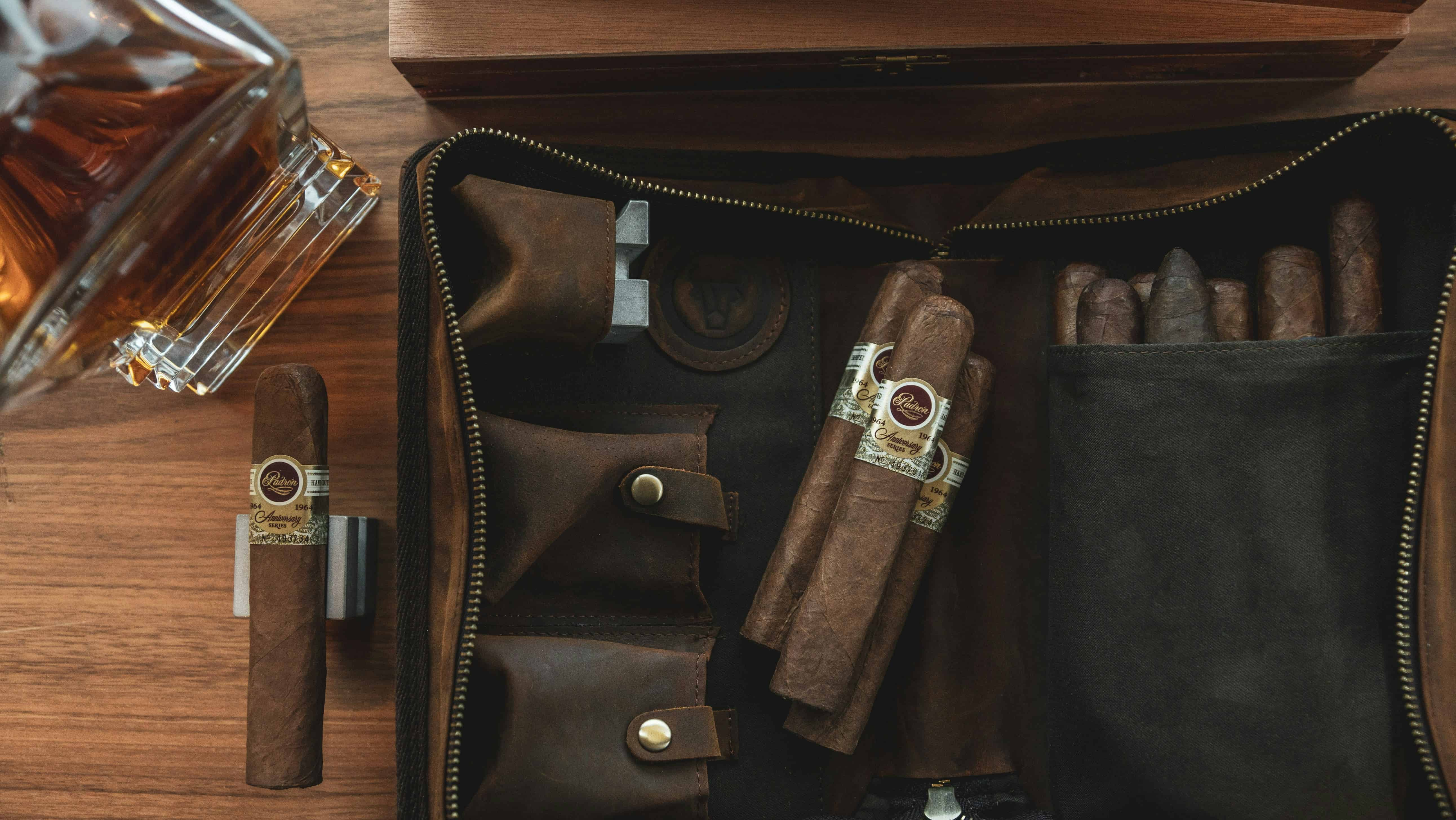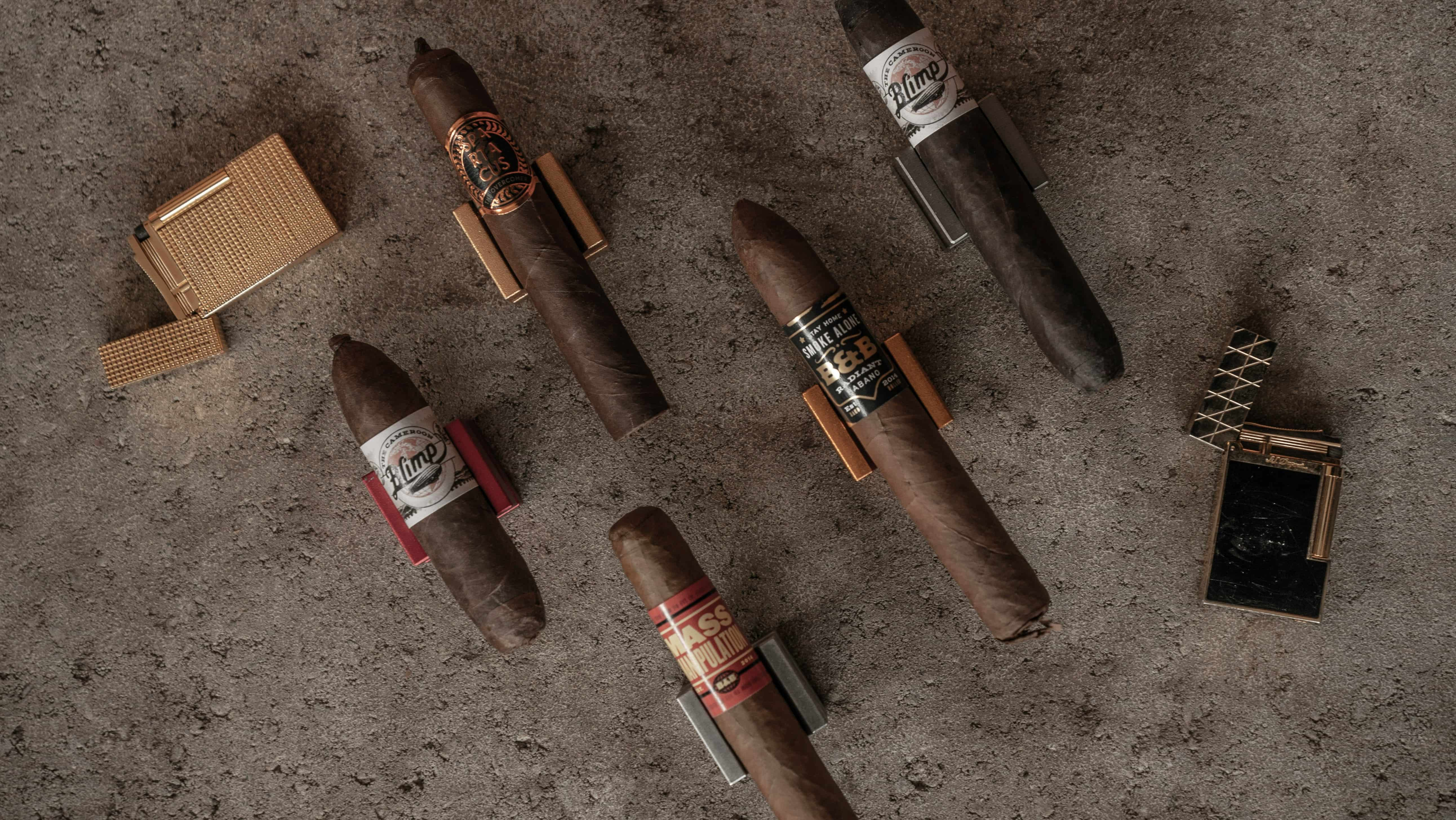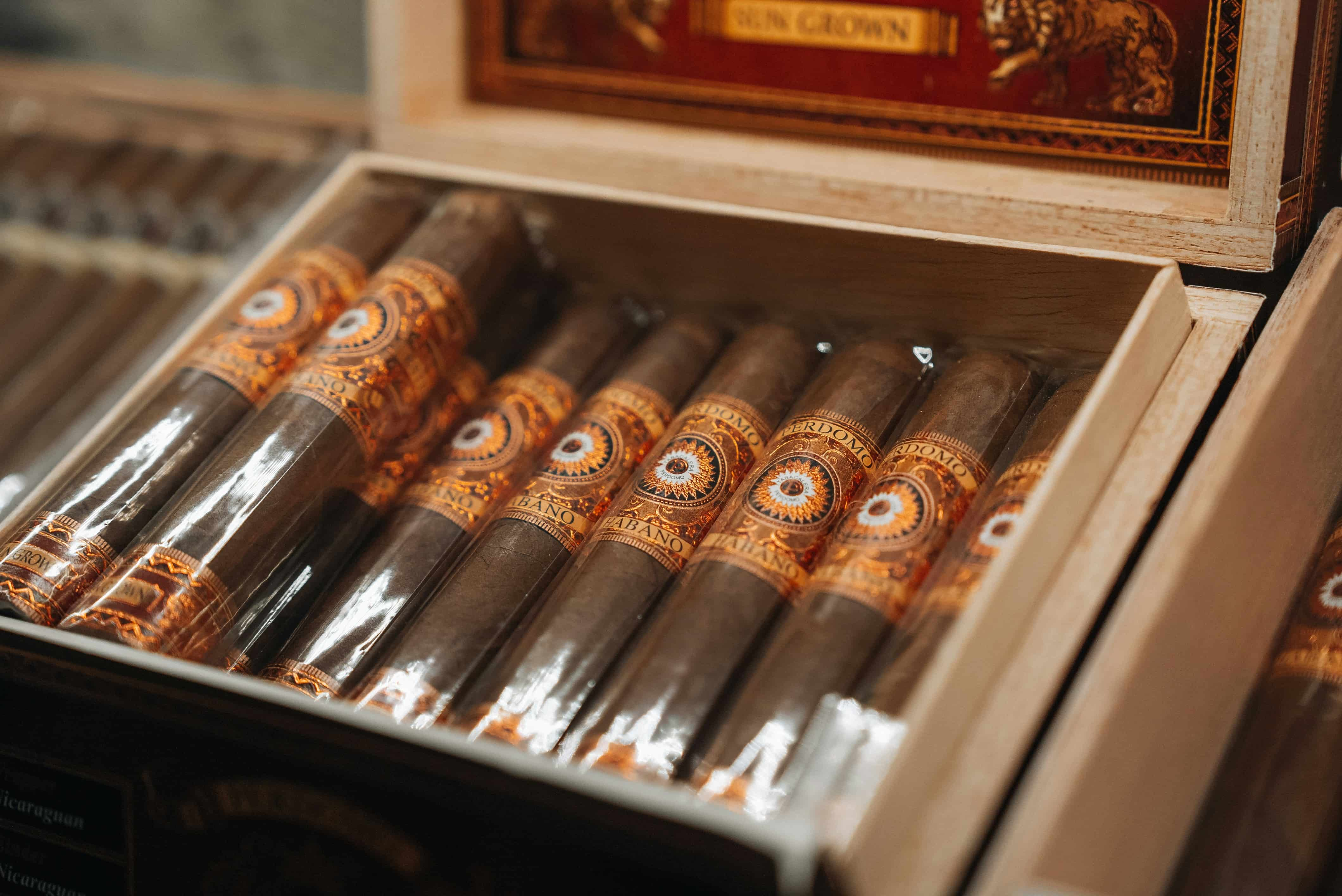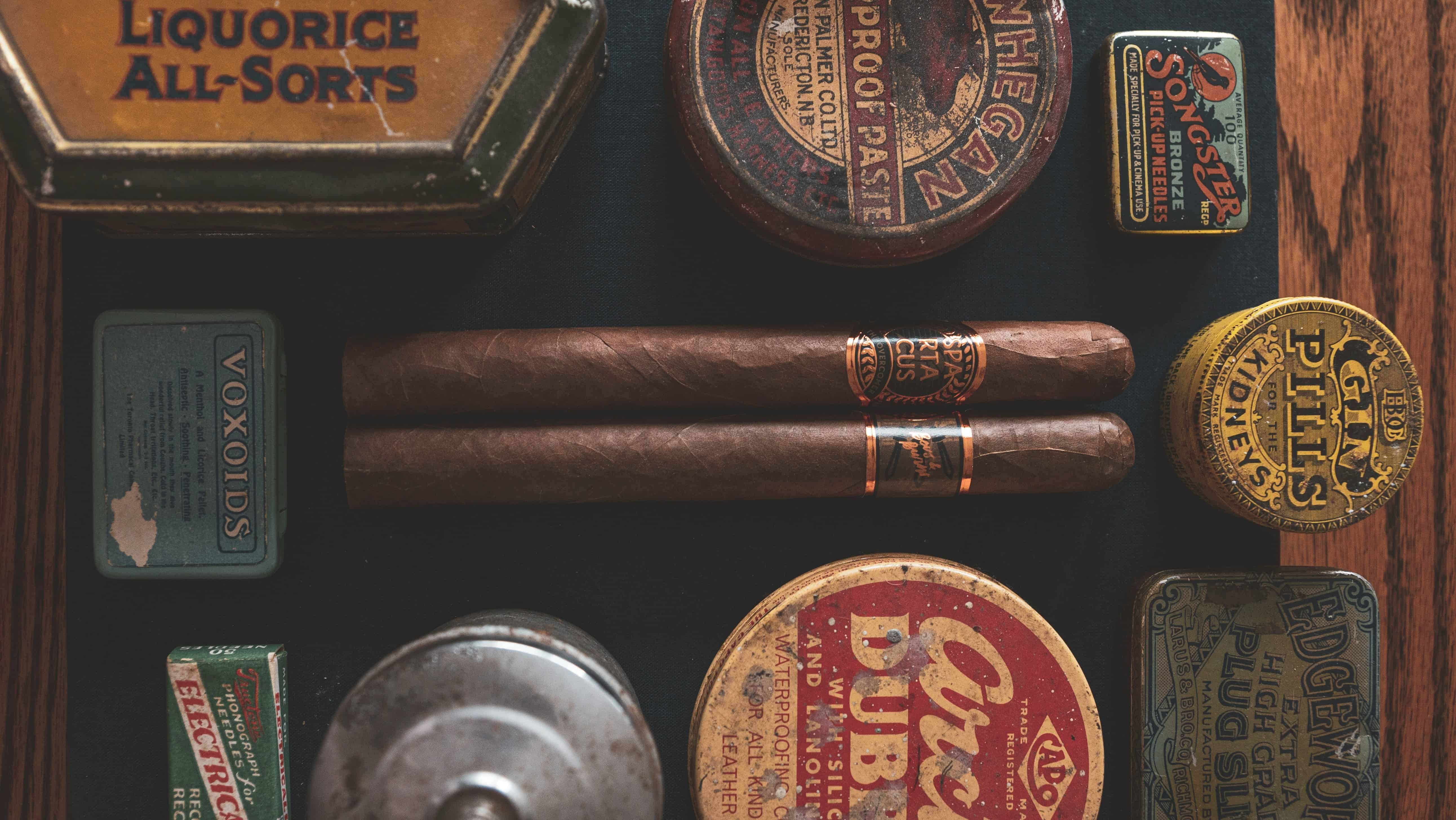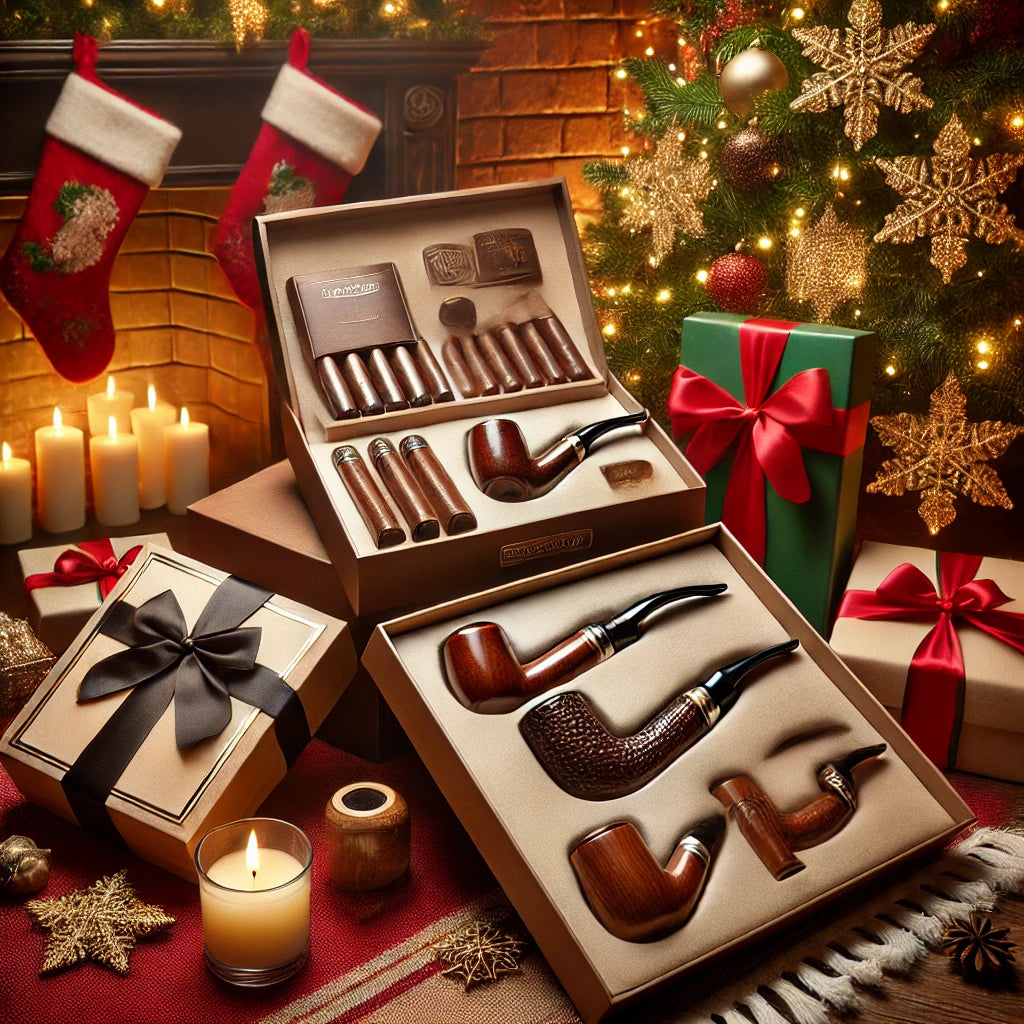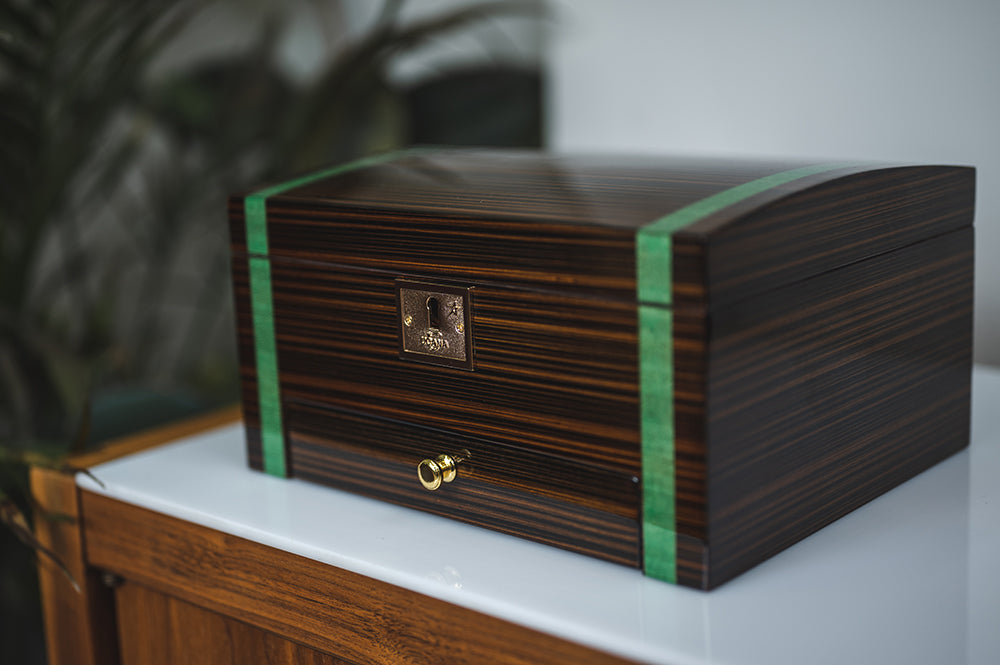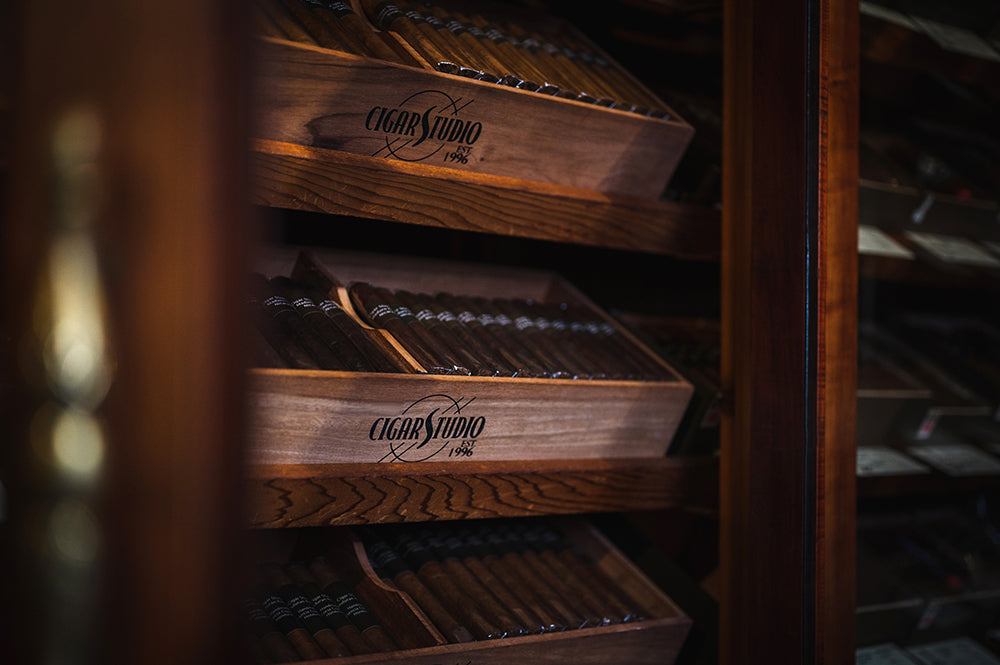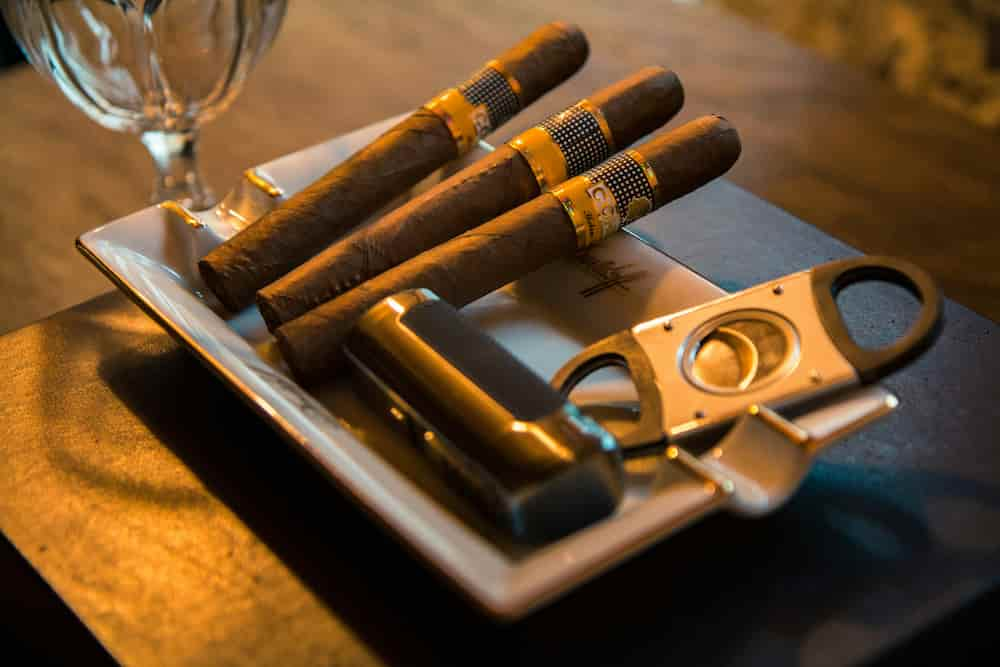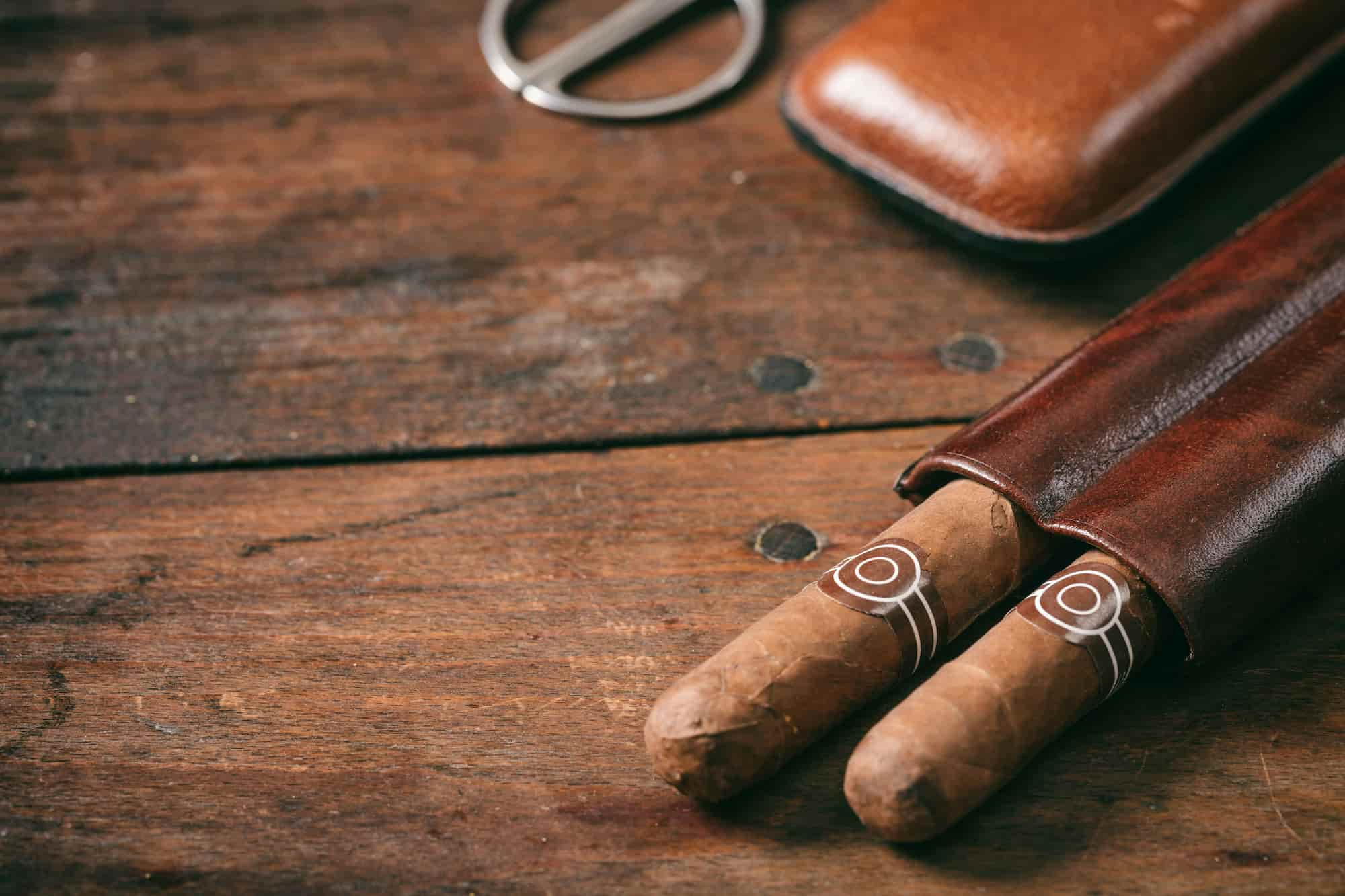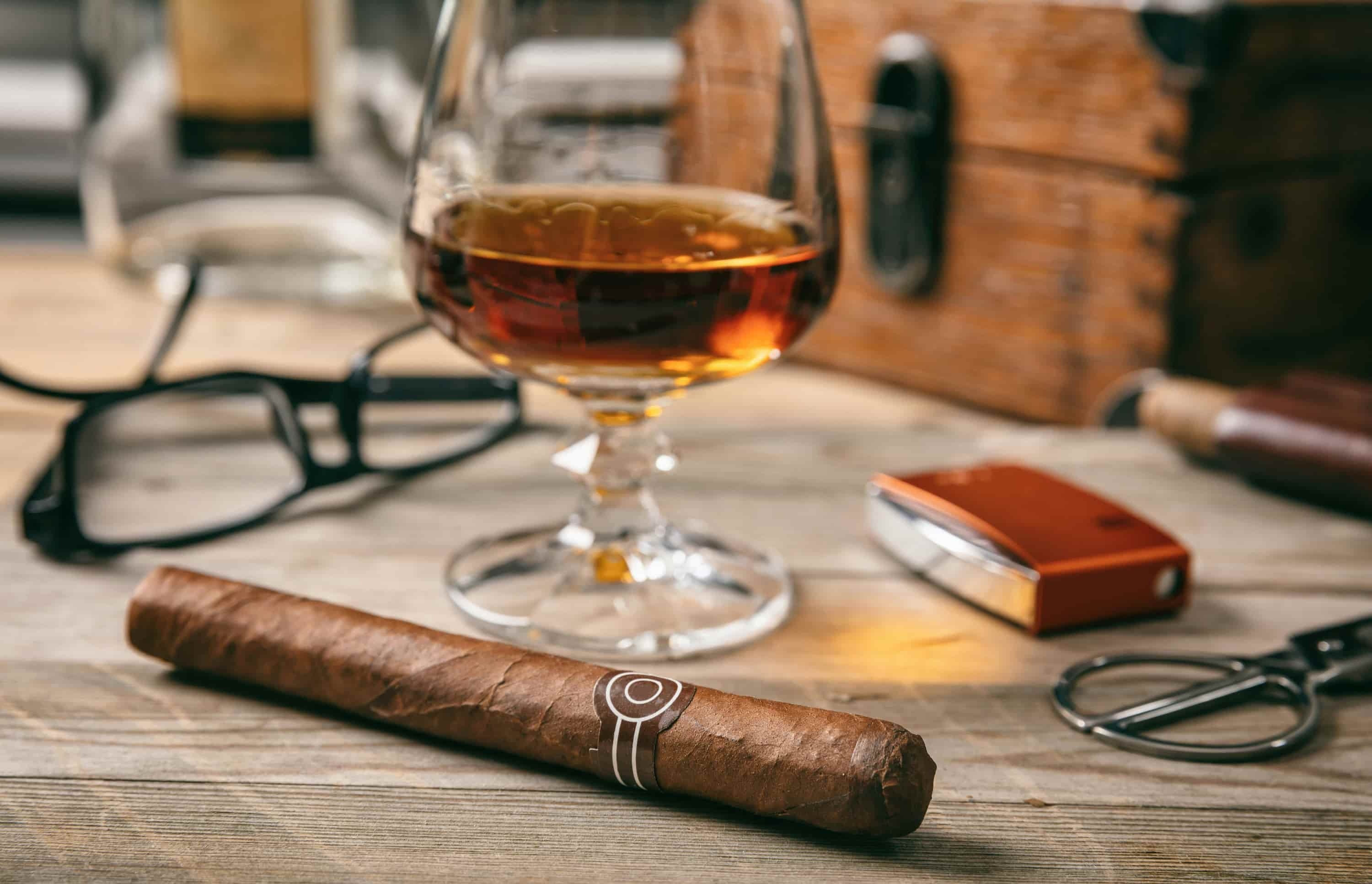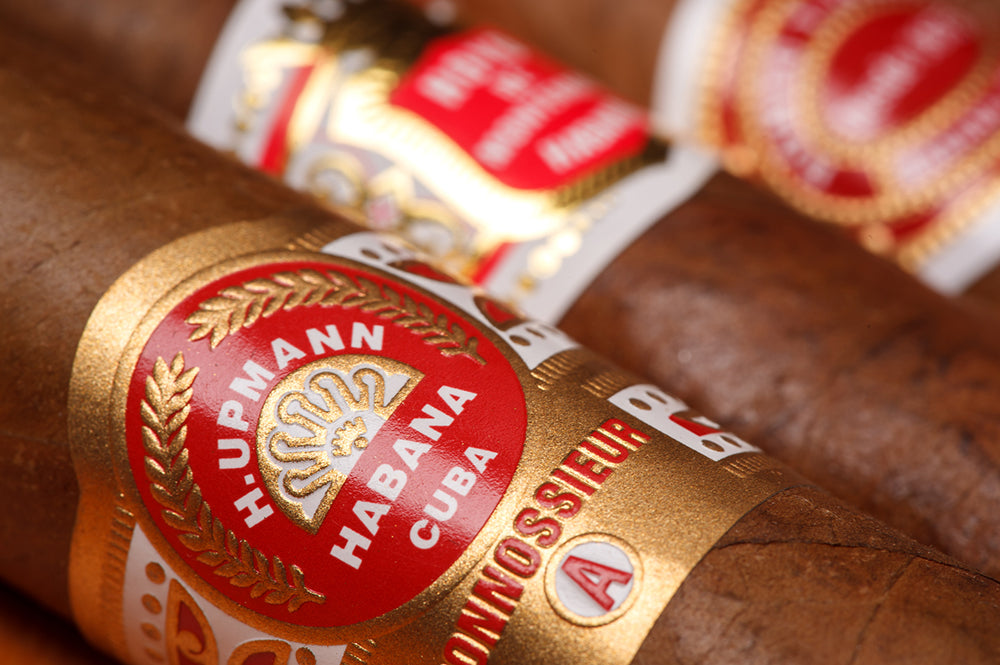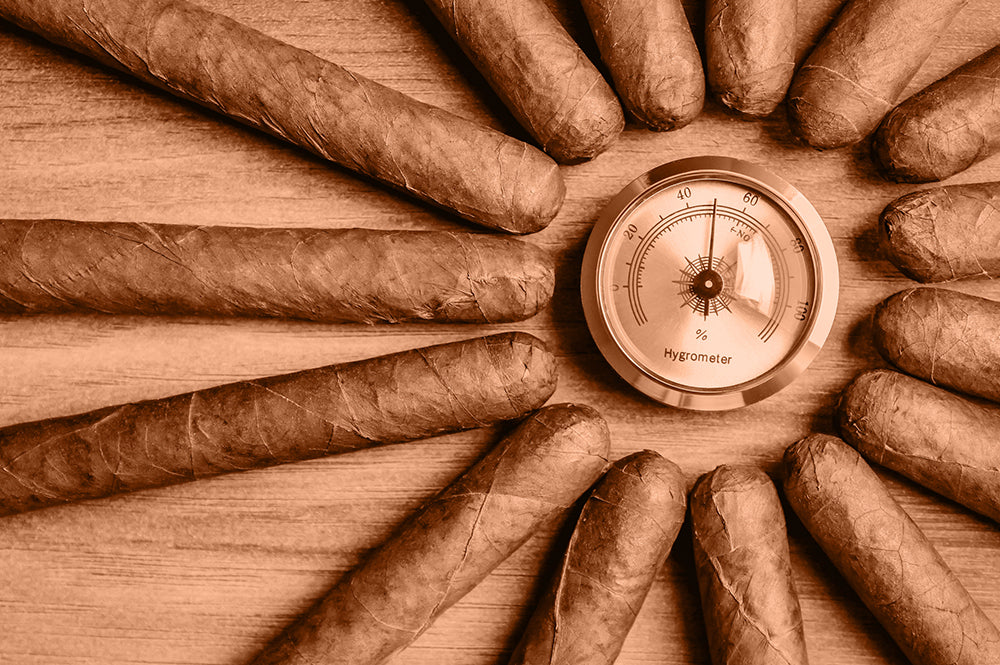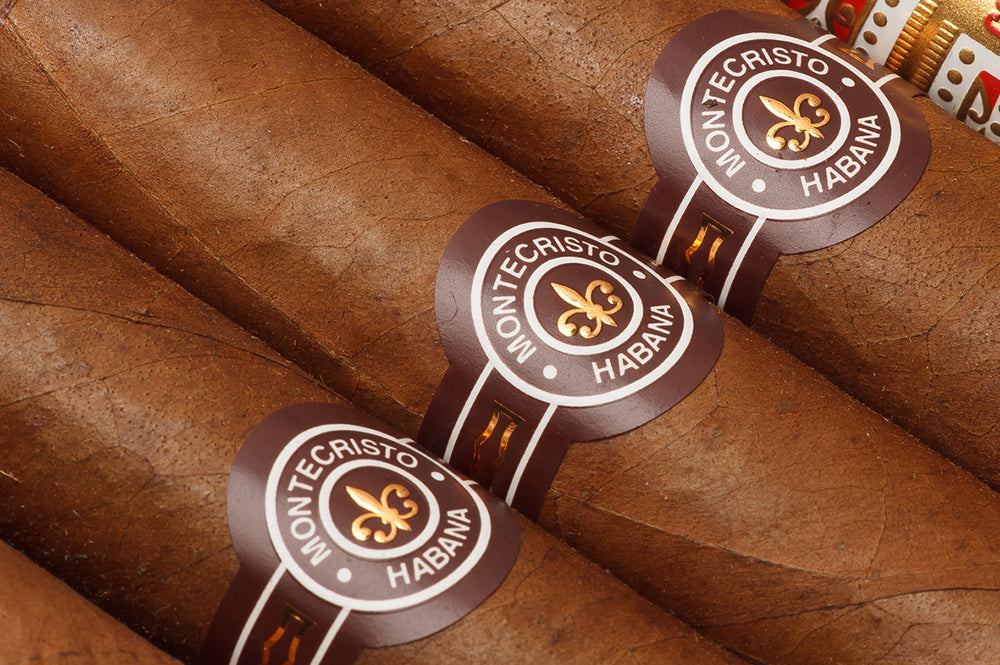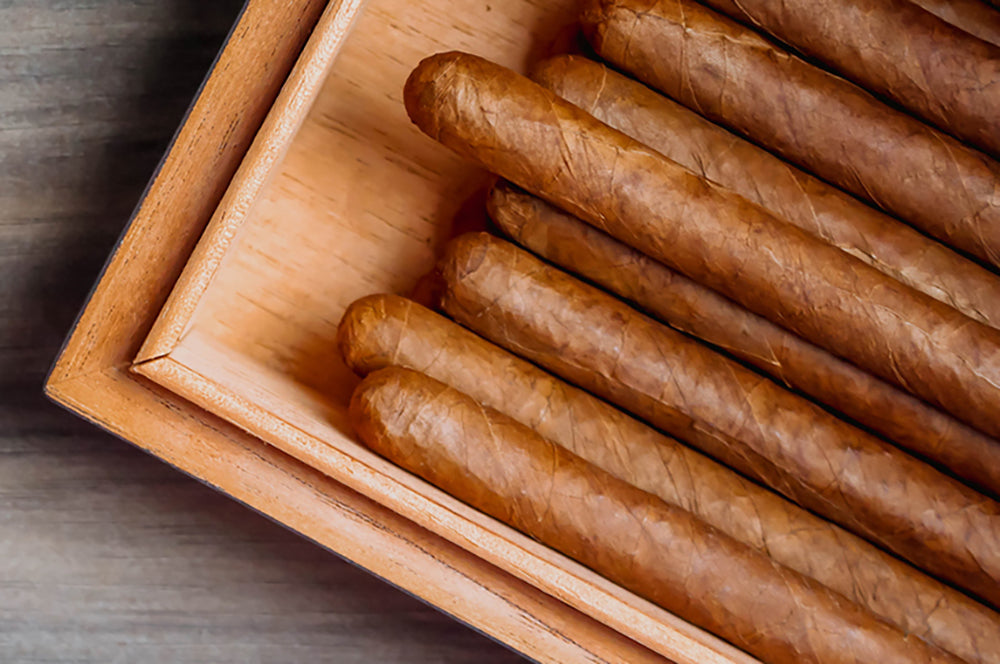Cigars are universal; hence, there are different regions with different theories and histories related to cigars!!
As one may not believe, cigars have quite a long and fascinating history. Cigars have existed for over a thousand years since their first discovery. The Mayans invented cigars back in the 10th century that rolled the tobacco in plantain leaves or either on their palms. This is now a tightly coiled pack of tobacco set on fire so that smokers can draw the smoke into their mouths. But it is not definitively known when precisely the Mayans discovered the tobacco plant and its capability to be used for smoking reasons.
Christopher Columbus and his men were among the first westerners to stumble upon tobacco when it was first introduced by local Indians through trade, as mentioned in verified history. Smoking a cigar grew in popularity in Spain and Portugal since then. Jean Nicot, the French ambassador to Portugal, made cigar smoking well-liked back in his home country. As a matter of fact and history (since we are talking about one) -the word nicotine is derived from this Jean Nicots’ name. Cigars smoking then expanded to Italy and some other European nations.
Most European cigars were formerly manufactured in Spain, long before the Spanish discovered that Cuba was the ultimate place to grow tobacco. This explains the world-famous Cuban cigars because of its ideal climate conditions that make up the flavors, taste, and quality of the tobacco leaves.
In the early 18th century, the government took tax collection seriously to raise wartime revenue. It started imposing taxes on luxurious items like soaps, perfumes, photographs, playing cards, medicines, alcohol, and tobacco. It was among the first in a chain of efforts to make tobacco and alcohol one of the government’s most supervised products. There was a chain of repressive laws that supervised the entire tobacco to the cigar manufacturing process.
Before the civil war, cigars were mostly tied in small bundles in Cuba and then shipped to other sales regions. But eventually, when the fame grew, it got difficult to keep track of the number of cigars sent out, and sometimes even smuggled the bundles among workers for illegal sale. Later due to such a situation, a rule was imposed where cigars needed to be packed in wooden boxes, and a stamp that says tax paid must be stuck on it.
A box/container used to pack some of the most premium, handmade cigars. Cuba’s H. Upmann brand deserves credits to initiate packaging cigars in boxes in the early 18th century. To get an accurate count of cigars and sales for tax collection purposes, cigars needed to be packed in wooden boxes in batches of 25, 50, 100, or 250 cigars. Cigar boxes are traditionally made from wood (mainly Spanish cedar), but tin, cardboard, and even plastic are used as alternative materials.
The Material Used To Make a Cigar Box
A cigar box is a container used for packaging a cigar; it is mainly a part of the cigar accessory. By tradition, a cigar box is made out of cardboard, wood, or paper. Spanish cedar is the ‘best’ kind of wood for cigar boxes because of its pleasant odor, beautiful grain, ability to keep bugs out, and delicate texture. Yellow Poplar and Eucalyptus are used as popular substitutes, and sometimes it’s scented or even stained to resemble the Spanish Cedar. Other characteristic woods used to make for cigar boxes include White Oak, Mahogany, and Elm. Circassia, Rosewood, and Basswood are among the lesser-known woods used to manufacture cigar boxes.
Types of Cigar Boxes
While there several and different variety of boxes available in the current market following are few standard boxes differing both in construction and purpose:
- Slide-Lid Box: It is a cabinet selection and has a slid-lid or hinged lid and can typically store about 25 or 50 cigars together.
- 8-9-8 Box: It is a round-sided box with three separate layers, specially designed to have room for three rows of cigars, eight on top, nine in the center, and eight on the base.
- Flat top Or 13-Topper Box: This cigar box has two layers with 12 cigars on the bottom and 13 cigars on top.
- Box-pressed cigars boxes: These are merely an equal number of cigars stored in two different layers in a box.
Uses of Cigar boxes
There are different cigar boxes, labels, and brands that are treated as a subject of art. Several businesses are now specializing in cigar boxes, and there are even books printed on their meaning, designs, and significance. Cigar boxes and their related labels can be considered a collectible item. There is a growing trend in how guitars and ukuleles are manufactured using cigar boxes and other materials that one usually would not use for musical instruments.
To learn more about the history of cigar boxes, contact Cigar Studio at 416-237-9470 or drop in a mail at hello@cigarstudio.com today!


